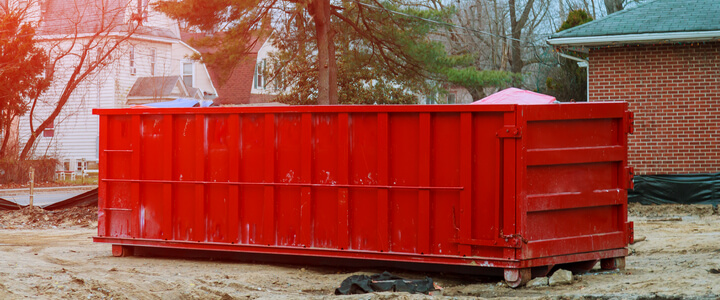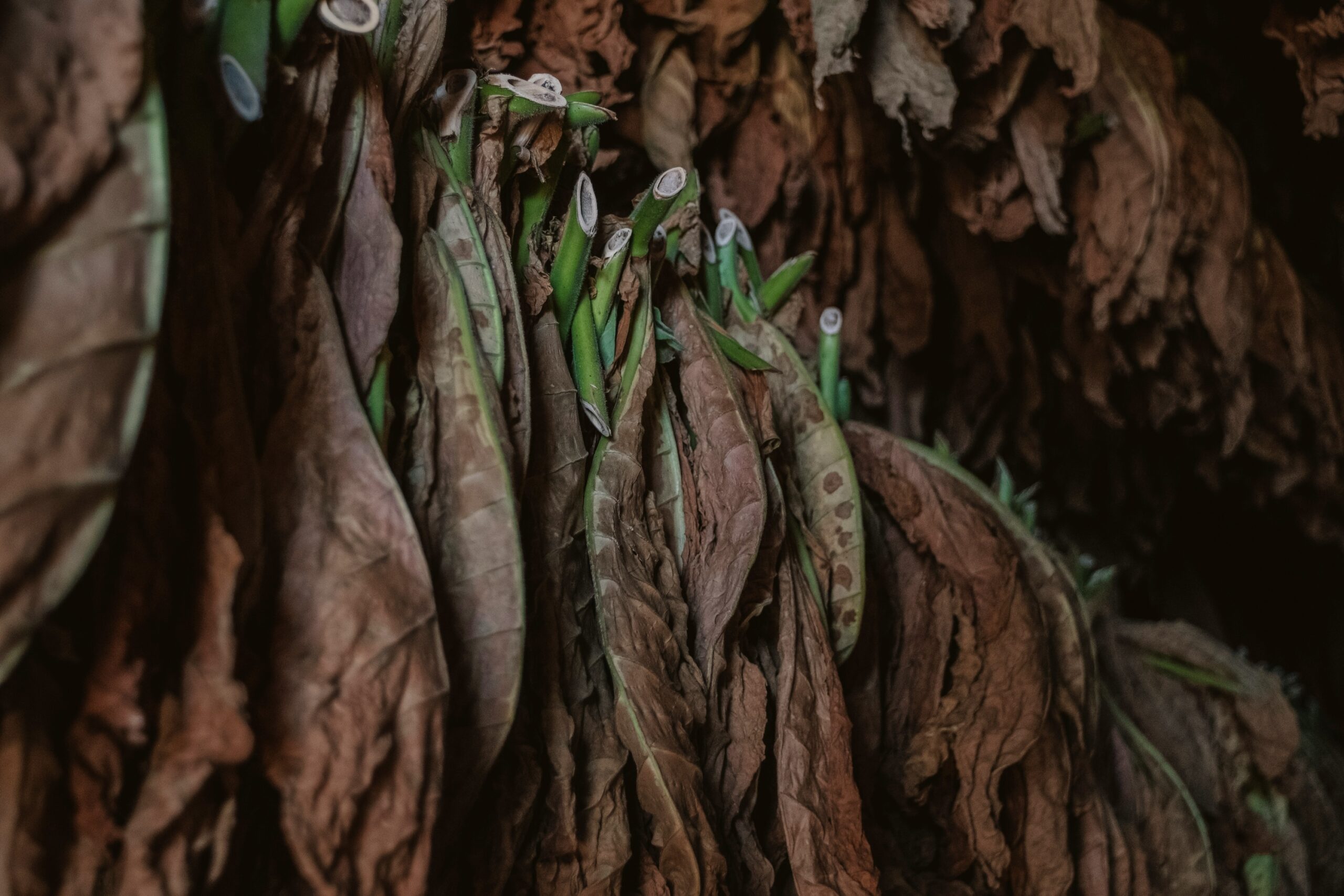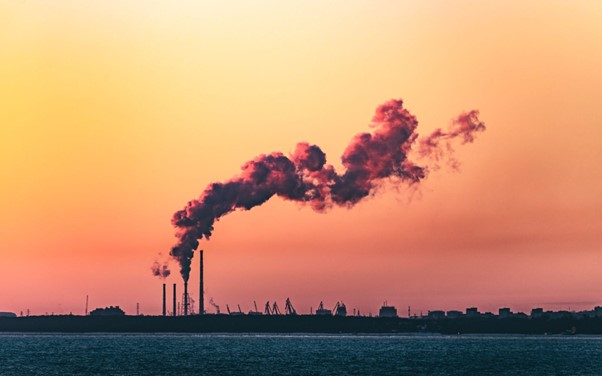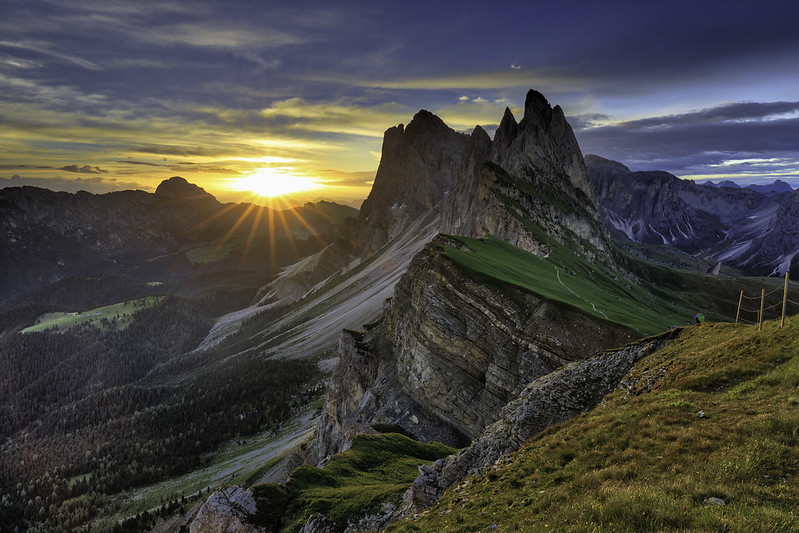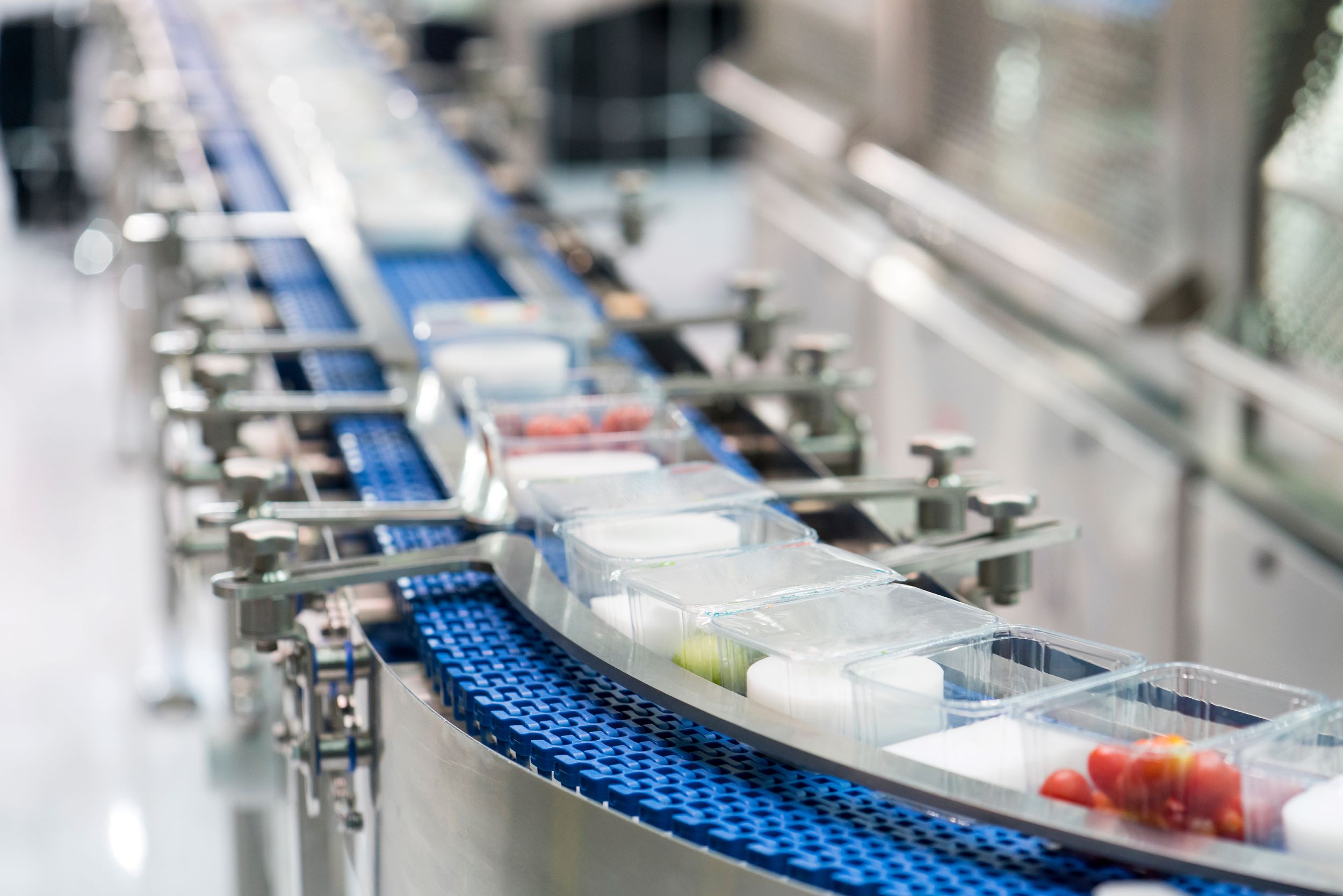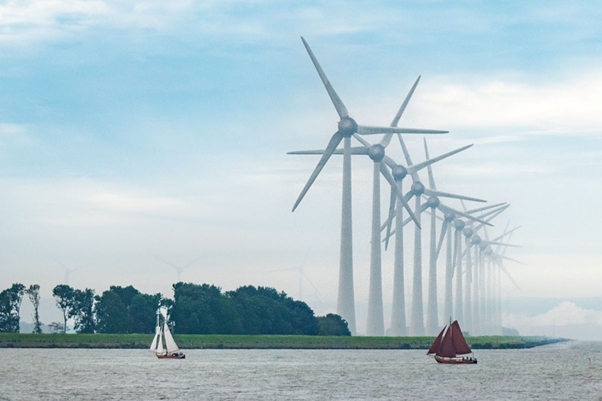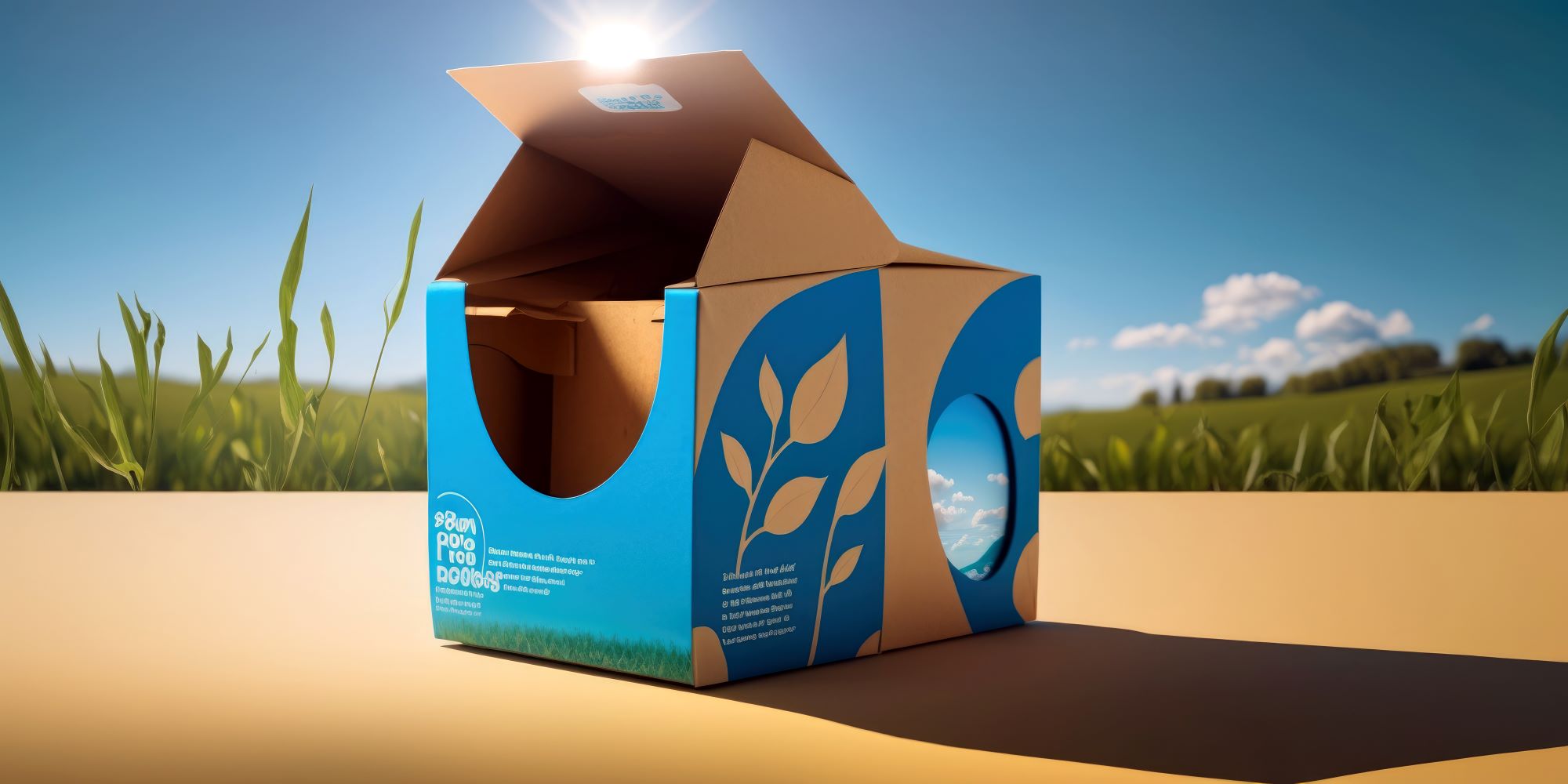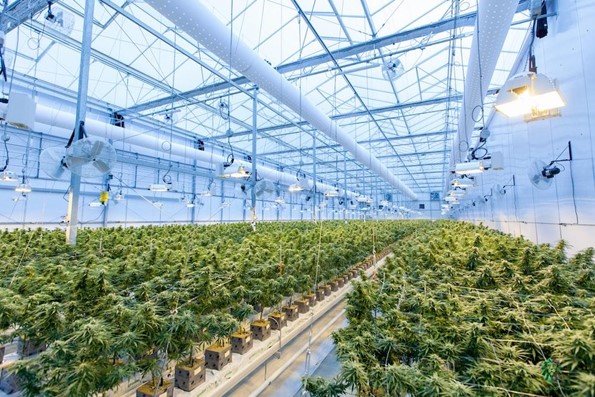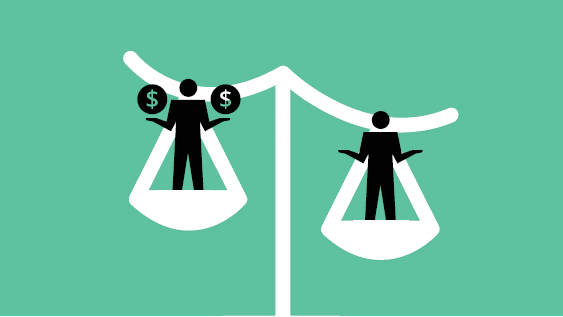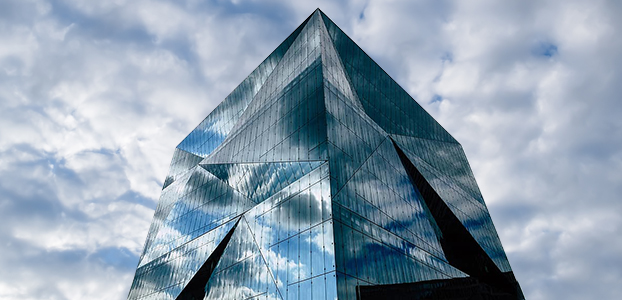The Sad Truth about the Relationship between Agriculture and Climate Change
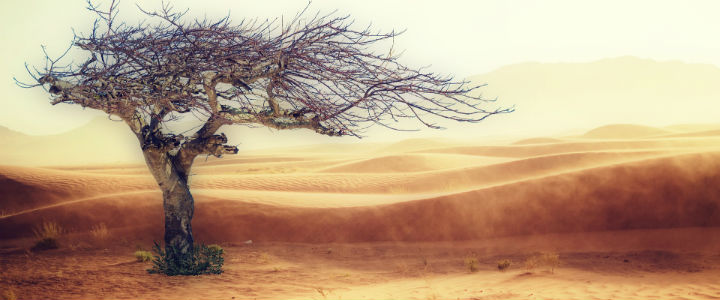
Agriculture is a human need, not a want. We need a way to feed the billions of people on our planet, and unfortunately, not everyone can grow their own food. Large agriculture is an essential part of humanity, but it’s not without its woes.
We need farming on a mass scale, but we don’t need all the problems that come with it. And there are plenty of issues. It’s impossible to make everything perfect, and there are problems with all aspects from animal welfare to carbon emissions. But we can’t focus on changing the entire sector at once. Instead, we can focus on what can be changed to make things better.
Land Clearing
In the 1930’s, poor farming practices contributed heavily to the Dust Bowl. This was an example of just how bad farming practices can be. While farmers in most of the world have developed better methods that prevent the land from deteriorating as much, there are still a wide variety of practices related to farming that are just as detrimental.
The slash-and-burn techniques used in densely vegetated areas are a good example. These are devastating techniques that destroy the variety of an area, which is then often replaced with a monoculture. They drive all the native fauna out as well, forcing a mass evacuation of anything living in the area and leaving behind a desolate, destroyed wasteland.
In the worst cases, these man-made fires can spread out of control, wreaking havoc in their path. In 2015, the forest fires in Indonesia were so severe they were called a “crime against humanity.” They were the result of slash-and-burn techniques clearing the way for palm oil and paper agriculture, and they also damaged the home range and population of orangutans in Indonesia.
But it wasn’t just bad for the animals. It was called a crime against humanity because people suffered as well. The carbon and soot that was released as a direct result of the fire may have helped exacerbate climate change in the region to a larger extent that we even know today, as well as create a myriad of health and respiratory issues for locals.
Emissions from the Sector
The United States EPA lists agriculture as contributing about nine percent of the total greenhouse gas emissions to the US economy. This is the smallest sector, but since the US is the top producer of greenhouses gases per capita in the world, that’s a pretty hefty percent. The EPA’s assessment is through, including livestock, soil and rice production. China does produce more emissions overall, but they contribute significantly less per capita, or by each person.
Globally, the EPA reveals a different story. Then, agriculture jumps from nine percent of emissions for the US to a whopping 24 percent of the world. That’s a big difference, and it helps to more accurately represent the numbers in countries where agriculture is the backbone of the economy. Helping countries, including ours, to mitigate those effects is an important goal that can help chip away at a huge contributor to climate change.
Farming the land changes it. We wipe out native species, and we spray herbicides and insecticides on everything to encourage product turnout. This is an especially important aspect in areas that are already feeling the effects of climate change, such as Africa, India and many other parts of Asia. But the use of these products can drain the land of nutrients and add more pollution to the soil and air.
Bioremediation is one option for helping to clear that up. It’s not a solution in and of its self, but it can help to mitigate the effects of continual chemical use on the land. In polluted areas, this technique uses organic material to neutralize or remove harmful contamination. It can help the soil regenerate its nutrients, making it more fertile for farmers to use the following year, which can also help increase crop growth and resilience.
Food Systems
Agriculture’s primary goal is to feed people. That’s hugely important, especially since almost 13 percent of the world is food insecure. But that comes at a cost, and agriculture doesn’t just involve food. Rubber production, paper pulp and many other products come from plants and have similar issues. Pesticides, herbicides and fertilizers are all necessary aspects of large-scale farms. They also contribute to the sector’s greenhouse gas emissions.
Once the food is grown, it has to be harvested, sorted, cleaned and transported. Most of these are considered aspects of the agriculture industry, except for the last one. Transportation falls under its own sector, and it’s nearly impossible to distinguish the percentage that would go to food transportation, specifically. Additionally, transportation increases cattle stress, which decreases the quality of food and health of a herd.
There isn’t a perfect alternative to this yet. But that doesn’t mean we can’t make one. We can work on buying local food, or at least food that’s grown in-season where we live.
Farmers’ markets are a great place to find fresh, local produce. You can also meet the farmers who grew your food and learn more about where it came from. Many farmers sell their produce directly to consumers through community-supported agriculture programs or roadside stands.
We can also try to decrease the use of pesticides and help the soil recover, as well as using better techniques to clear land with less reckless abandon. Instead, we can use organic fertilizers when growing crops.
Compost, manure, blood meal, and bone meal are all organic fertilizers that can be used to improve soil health and fertility. Compost is made from decomposing organic matter and can improve drainage, aeration, and water retention. Manure is nitrogen-, phosphorus-, and potassium-rich and can be applied to the soil as a top dressing before planting. On the other hand, blood meal is a high-nitrogen fertilizer made from dried bones, which is a good choice for fertilizing plants that require a lot of phosphorus. The same holds with fish emulsion, a liquid fertilizer made from fish. It’s a good source of nitrogen, phosphorus, and potassium.
We all need to eat. Hopefully, we don’t need to eat ourselves out of a planet.
Climate change and agriculture are closely linked, impacting each other in a variety of ways. Agriculture is one of the major greenhouse gas emission contributors causing climate change. By adopting sustainable practices, such as reducing the use of synthetic fertilizers and pesticides and improving water efficiency, we can help mitigate this global phenomenon.
Bio:
Emily Folk is a conservation and sustainability freelance writer and blogger from Lancaster, PA. Check out her blog, Conservation Folks, or follow her on Twitter for the latest updates.

